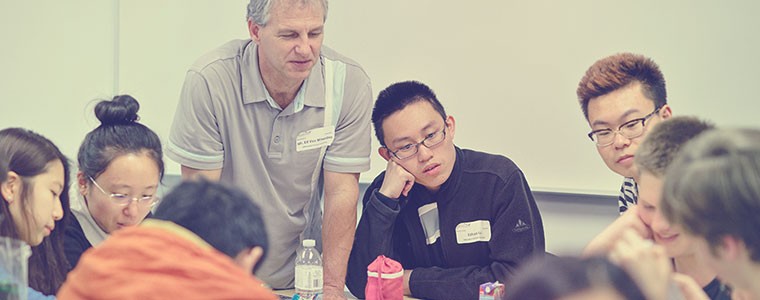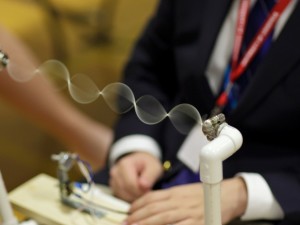
Why Students Should Get Involved in Co-Curricular Activities
As we all know, college admissions have gotten more and more competitive over the years. Merely attending school and getting good grades is no longer enough for high school students to compete for college admission and scholarships. For many students, high school life means balancing coursework with multiple activities outside of school, commonly referred to as “extracurricular activities.” This term is typically used to describe athletic programs or clubs outside of school hours. However, a new term is on the rise: co-curricular activities.
The word co-curricular is used to describe activities that compliment coursework. These activities are usually academic in nature and include groups like Spanish Clubs and Math Clubs. While doing well in school is important for students, participation in co-curricular activities is also extremely essential. Students are now expected to have experience outside of regular classwork in order to be fully prepared for higher education and the workforce. Co-curriculars not only give students skills in leadership and responsibility, but also learn more about a subject in a very hands-on and practical way.
Why Teachers Should Get Involved in Co-Curricular Activities
The more teachers participate in leading co-curricular activities, the more they can help students of all academic, economic, and demographic types succeed. According to the Public Agenda, low-income and minority students are more likely to report that they would like an after-school program that focuses primarily on academic preparation. While many more affluent students can afford expensive tutoring in subjects they have difficulty with, less fortunate students rely upon schools and after school programs for additional learning. By sustaining co-curricular activities, teachers can provide a huge gift for lower income and struggling students.
Teachers, Students, & Co-Curriculars: A Winning Combination

Co-curricular activities exist for the purpose of helping students. There is a lot of evidence that supports the fact that co-curricular activity participation and student achievement are correlated. Below is a table of statistics from the National Center for Educational Statistics that supports the need for co-curricular participation from students. This table shows that participants in activities outside of regular schoolwork are typically better performing students than students who don’t participate in co-curricular or extracurricular activities. This correlation does not imply causation but there are many reasons to believe that all students can benefit from co-curricular activities.
Co-curricular activities can directly tie into the school curriculum and help students academically as well as benefit students in the socially. By being part of a group or club, students get the chance to interact with others whom they would not normally interact and form new social networks. The benefits of co-curricular participation are numerous for both teachers and students. But in the end, the results of this participation are the increasing academic and social success of the students who participate. Teachers may not receive as many direct benefits, but the goal of teachers and students is the same: better learning for all students.
What benefits have you observed by being involved in Co-Curricular activities? Let us know on Facebook and Twitter!
Sources: American Psychological Association | National Center for Educational Statistics | Public Agenda
Photo Credit: Rick Collins | cc







